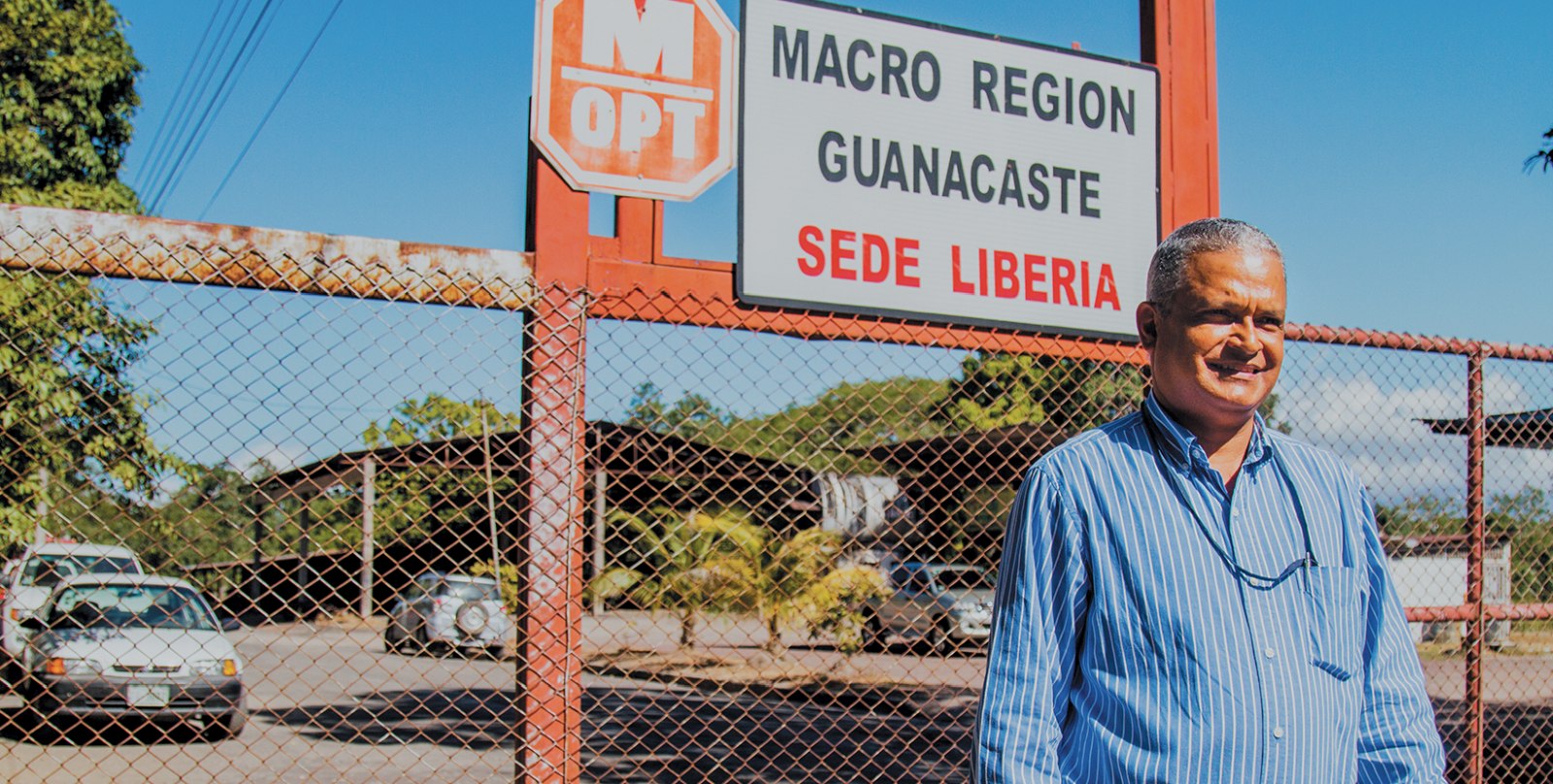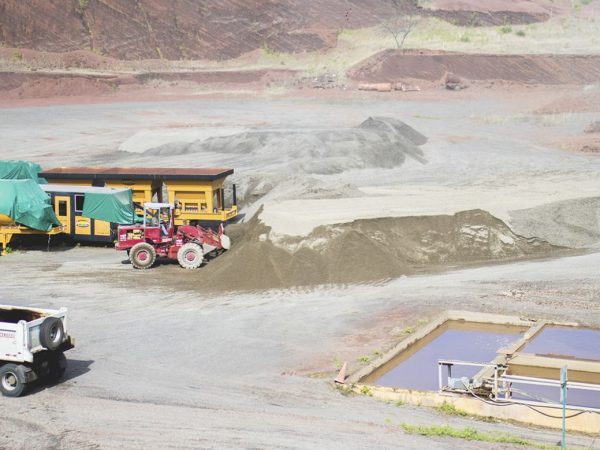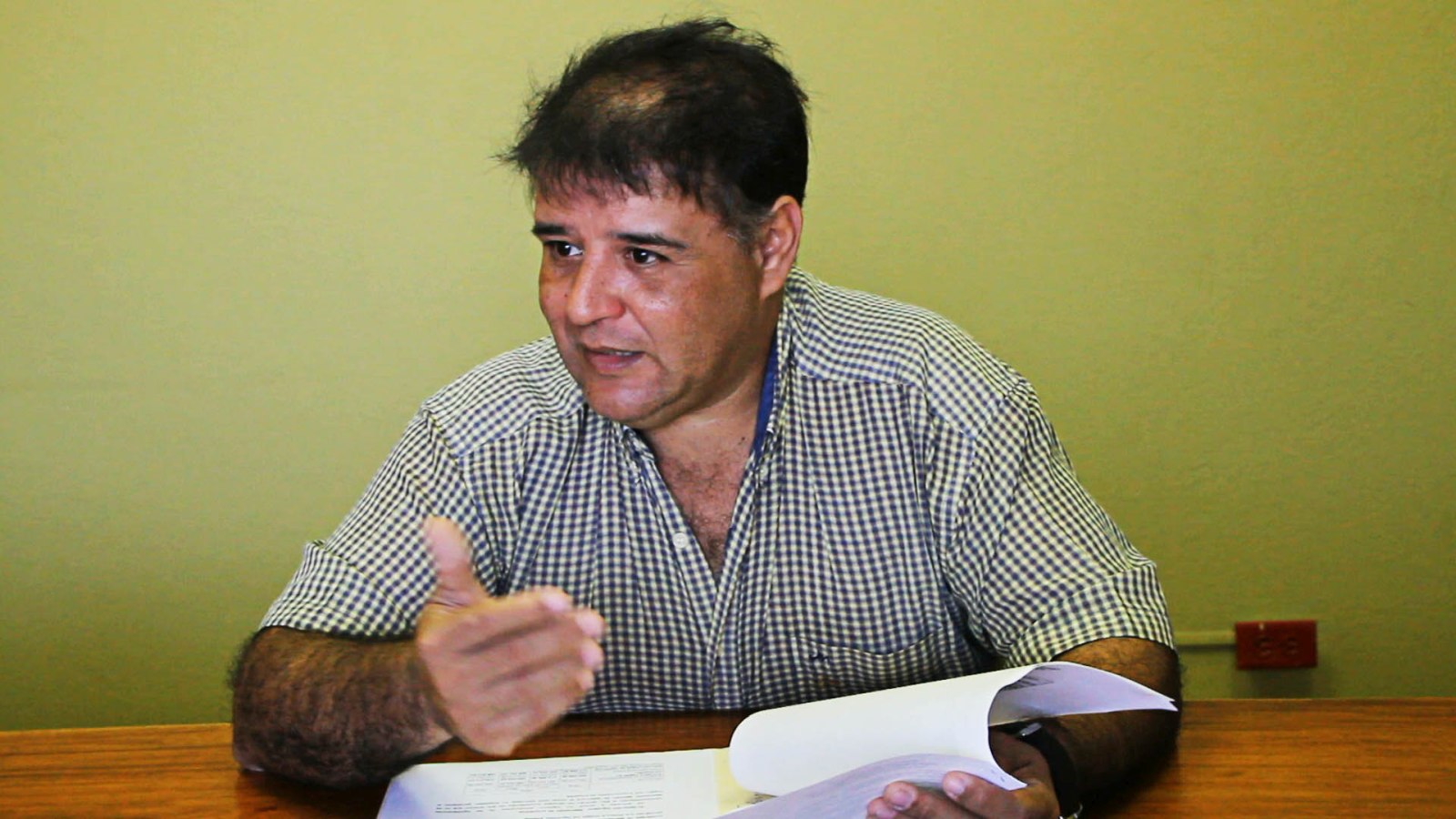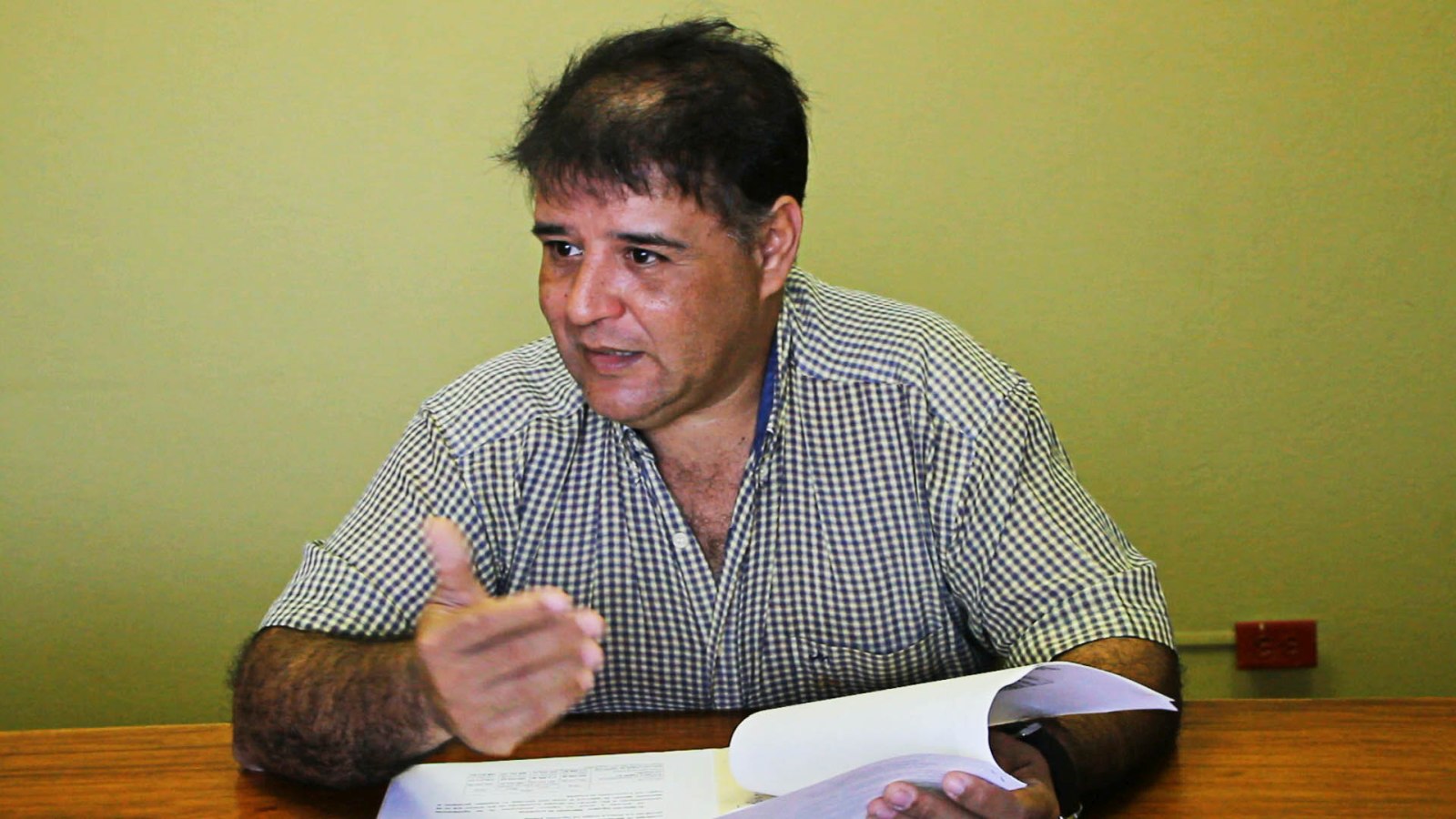
Since joining the Ministry of Public Works and Transportation (MOPT) more than 20 years ago Rodolfo Correa Matamoros, has seen many changes inside the ministry and in the province of Guanacaste. In November of 2014, Correa became the regional director of MOPT, following the departure of Julio Viales Padilla after 13 years at the helm as director.
Correa, 56 years old, hails from Tilaran and is the father of three children. He is a civil engineer by profession and has been deputy director of the macro region and a member of the canton’s road councils of the municipalities of Abangares, Bagaces, Cañas and Tilaran, among others.
To overcome the challenges of road infrastructure, he believes winning the confidence of the mayors is fundamental, through ongoing dialogue and work commitment.
The Voice of Guanacaste spoke with Correa and we share the interview here:
What is the hardest part of being the head of MOPT in Guanacaste?
I would say human relations. I think that is the basic element that we want to recover. Personally I have tried to draw close to the municipalities as friends, work mates, so that we understand the limitations we have on both sides, because sometimes we have very high expectations and then the problems start because they demand things of us that are out of reach for us.
Is it so difficult to get along with the mayors and their demands?
At the moment, we are getting started and the relationship has been very cordial and at the moment I don’t have any complaints. We are a complement to the work that the municipalities are doing. They are responsible for their canton’s road network. We are an assistance that the government gives them to complete specific works. We help them technically and with central resources.
Do you feel it is possible to provide more and better roads to the province?
We are developing different projects, such as MOPT-BID Cantonal (a project in conjunction with the Inter-American Development Bank, or BID in Spanish, which stands for Banco Internamericano de Desarrollo). Natinoally, I think we are the region that has advanced most in the development of this first stage at this moment because we have developed projects in La Cruz, Abangares, Nandayure, Cañas, Hojancha, Colorado, Bagaces, Nicoya and Puntarenas. We started at the beginning of 2014 and have already advanced 50% in this first stage in which we have invested over a billion colones (about $1,886,790). We start the second stage in 2016.
What are the goals for 2015?
We have annual goals and we are defining them with quarterly projects that we are developing in line with the needs that the municipalities are indicating to us. Immediate projects that we are executing in Nandayure are finishing the streets of San Pablo o Nandayure, then in early January we will be in the center of Nandayure, and we have some pavement work in Liberia and other projects.
What is the amount of the budget that MOPT assigns to Guanacaste per year?
What we manage is executing products purchased by the ministry. We do not manage a budget. The only thing we manage is a petty cash fund for some things and the payroll and the equipment we have.
In Hojancha they decided to cement the streets. How feasible is cementing instead of paving in the province?
What we saw in Hojancha is a job called progressive single layer that was able to take advantage of the existing gravel on the street and add cement to it. In reality, in the future during the estimated lifespan, it can be reinforced with an asphalt mixture.
There are many ways to make roads. Unfortunately, historically, Costa Rica has had an asphalt culture but I think it’s important for us to be able to implement other techniques like this single layer and thus be able to diversify the work and solutions offered. We have the Cañas-Liberia highway as an example, which is concrete. This type of road is supposed to have a longer lifespan and require less maintenance.
The government pledged last July 24 to begin the process of paving Route 160 from Nosara to Samara in stages. Do you think closing CONAVI and opening the National Institution of Infrastructure (INI-Instituto Nacional de Infraestructura) is the solution for national routes?
I honestly don’t know the project in depth. As a citizen, it seems to me that we create a lot of organizations and institutions, all with their own administrative and financial structures, to do the same thing in the end. I’m from the time when MOPT was the only one and we saw everything. I had the experience of being in Cañas, attending to all the national routes and local roads with the resources that they had at the time, but it was just one source of income. Everything was centralized. So I believe that all initiatives that try to better optimize resources seem very healthy. The country needs a lot of resources, not institutions but works.
Do you think there are real possibilities of making this road?
The first thing we have to do is to think about whether or not it is necessary. We are clear that it is. Now the issue is obtaining the financial resources because it is not a cheap job. It is a very expensive job due to the extension and the type of terrain. Major infrastructural works must be done, drainage, pavement structure, there are no sources for materials nearby. It is a complicated project from a financial point of view. It is a burdensome project.
Many believe that with the closing of CONAVI and the opening of INI, these projects that were in process will be left up in the air or will not continue to be worked on.
My understanding is that there will be executive units that will be in charge of continuing to work on the development of those projects that are already ready and financed.
How much equipment is available? Is it enough?
Right now we have in operation eight dump trucks, two front loaders, 3 tractors, 3 bulldozers, 2 steamrollers, 2 compactors and the asphalt plant. It is not enough if you analyze the number of kilometers we have. Much more is required. These days, we basically just have one brigade of equipment for the entire province. It is a really difficult situation.
What other projects do you have planned for Nicoya?
We have several projects approved for urban streets like supplies of mixture in the La Cananga neighborhood, the BID project, projects on local roads like in La Montañita toward Nosara, widening this road, and we are waiting for the municipality to makes us the formal proposal of their needs.
For the first semester, I would ask everyone to have a little patience since the little projects that we are presenting are for maintenance work.
Officials from the Road Management Technical Unit (UTGV- Unidad Tecnica de Gestion Vial) in Nicoya told us that a lot of the paperwork that they submitted was rejected by you guys because they were incomplete or had expired documents. How can this be improved?
There are a lot of regulations; they know them and they have to stick to what is indicated there. Thoroughly review that all requirements are met. Also keep in mind that not everything they request can be given. They should have communication with the engineer in charge of the project. Communication should take place in the canton’s road councils first to see if the project they are going to propose is feasible and afterward fulfill the legal requirements.
Both in Nosara and Nicoya, people have begun to organize to apply molasses to mitigate the dust. Do you consider this a viable technique? Do you recommend it?
We have mitigation techniques for dust and erosion. In fact, we are applying it in this BID project in Nandayure. The thing is that it is a technique that is applied over a certain structure that must be resolved and have drains and load bearing capacity and a lifespan of a couple of years.
We have seen this other technique of molasses elsewhere. It is work that has some cost and a very short lifespan, the dry season at most. As soon as rainy season begins, the material is lost. If traffic is very strong [also]…. it will have a very short lifespan.
Do people have to get some sort of permission to apply molasses?
This is done empirically and is done without any type of permission. There is an additional problem, that it is an organic component and as such is polluting. We’ll never apply it because it would go against environmental policies and when it rains, it seeps into the water tables. We do stabilizations to mitigate dust and erosion essentially with a variant of the emulsion called slow-breaking emulsion, which allows it to be mixed with the addition that is there so the product can be effective and have durability.







Comments